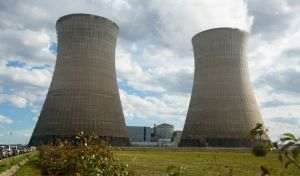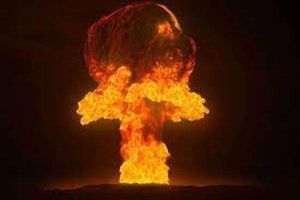The investments required for the full implementation of the European Rail Traffic Management System (ERTMS) are estimated at approximately 190 billion euros, says Giorgio Travaini, the executive director of EU-Rail, in an interview for the Euractiv.com website. His Lordship said the implementation of other technologies, such as the Digital Automated Coupler (DAC) for freight, which automates the coupling and uncoupling of wagons, will also require the large-scale synchronization of 400,000 wagons across Europe.
The head of EU-Rail states that, although the amount of investment required in the European railway is significant, it is necessary to modernize and secure the future of Europe's railway network, underlining the extent of the efforts needed to create a Single European Railway Area.
Giorgio Travaini also discussed the crucial importance of automation and digitization for the transformation of the European rail network. He highlighted the need for effective coordination at the European Union level to facilitate the successful implementation of these innovations, which would make rail transport more competitive and attractive.
One of EU-Rail's key roles, according to Travaini, is to promote public-private partnerships to boost research and innovation (R&I) in the rail sector. The initiative started in 2014 with the Shift2Rail project and evolved to the creation, in 2021, of the European Railway Joint Undertaking. The purpose of this partnership is to ensure that research results are translated into practical applications, supporting the European Union's transport objectives and ensuring a seamless integration of new technologies.
The creation of the Single European Railway Space is a central objective of EU-Rail, aiming to make rail transport more attractive, efficient and performant. This initiative is supported by close collaboration with the European Railway Agency (ERA) and the European Commission (EC), which provides both strategic guidance and financial support. Rail transport, already a major priority on the European political agenda, is seen as an essential element for achieving the climate objectives and the European Green Deal. Giorgio Travaini also mentioned the letter from the President of the European Commission, Ursula von der Leyen, which emphasizes the importance of investing in high-speed rail networks with the aim of connecting the capitals and large cities of Europe, estimating significant economic benefits until 2050.
An essential element in the modernization of rail transport is digitization, and Europe is a leader in this process. However, EU-Rail's executive director highlighted the major challenges associated with the transition from analogue to digital systems, particularly due to disparities between Member States. A key project in this area is the Future Railway Mobile Communications System (FRMCS), which will replace GSM technology with 5G, thus enabling fully automated operations and streamlining the network. In some regions, fully automated trains could reduce costs and increase efficiency, but implementation must be carefully coordinated to keep rail competitive and attractive.
The impact on climate objectives is one of the central aspects of the transformation of the European rail network. The Executive Director of EU-Rail emphasized that rail transport is already the most energy-efficient form of transport and that innovations in this field will contribute to the reduction of CO2 emissions, facilitating the modal transition from road and air to rail transport . This is a strategic priority for the EU, in the context of the implementation of the European Green Deal.
Although Europe is a global leader in rail innovation, international competition, especially from China, is intensifying. Giorgio Travaini acknowledged that the European rail sector needs additional investment to maintain its competitive advantage, underlining the importance of initiatives such as ERTMS. Future innovations, including the development of Maglev and hyperloop technologies, digitized maintenance and the use of artificial intelligence for predictive maintenance, will help modernize and make the rail network more efficient.
EU-Rail's Executive Director concluded that investment in innovation will shape the future of European rail transport, ensuring that the European Union's objectives are translated into practical solutions for more efficient, competitive and sustainable rail transport.


















































